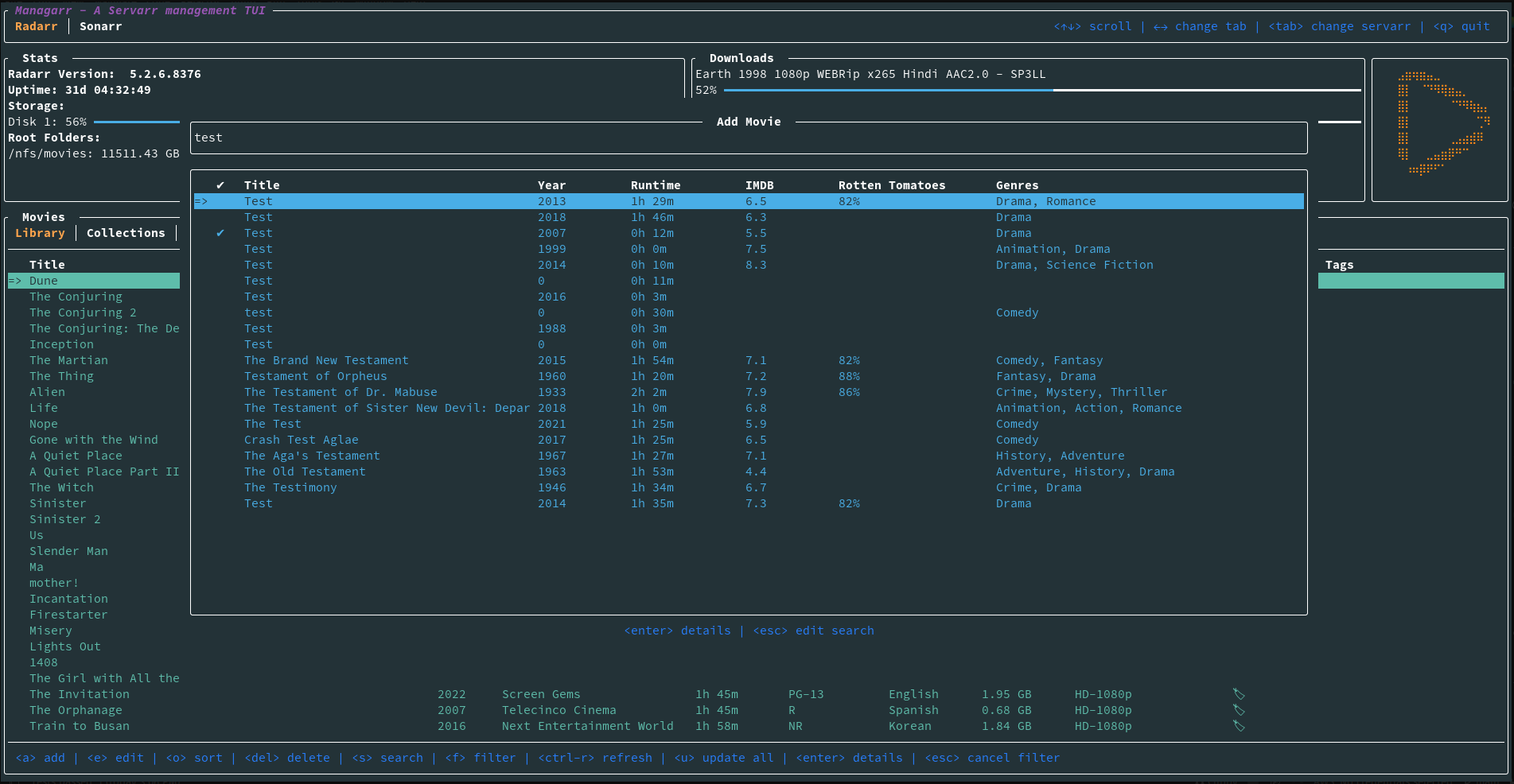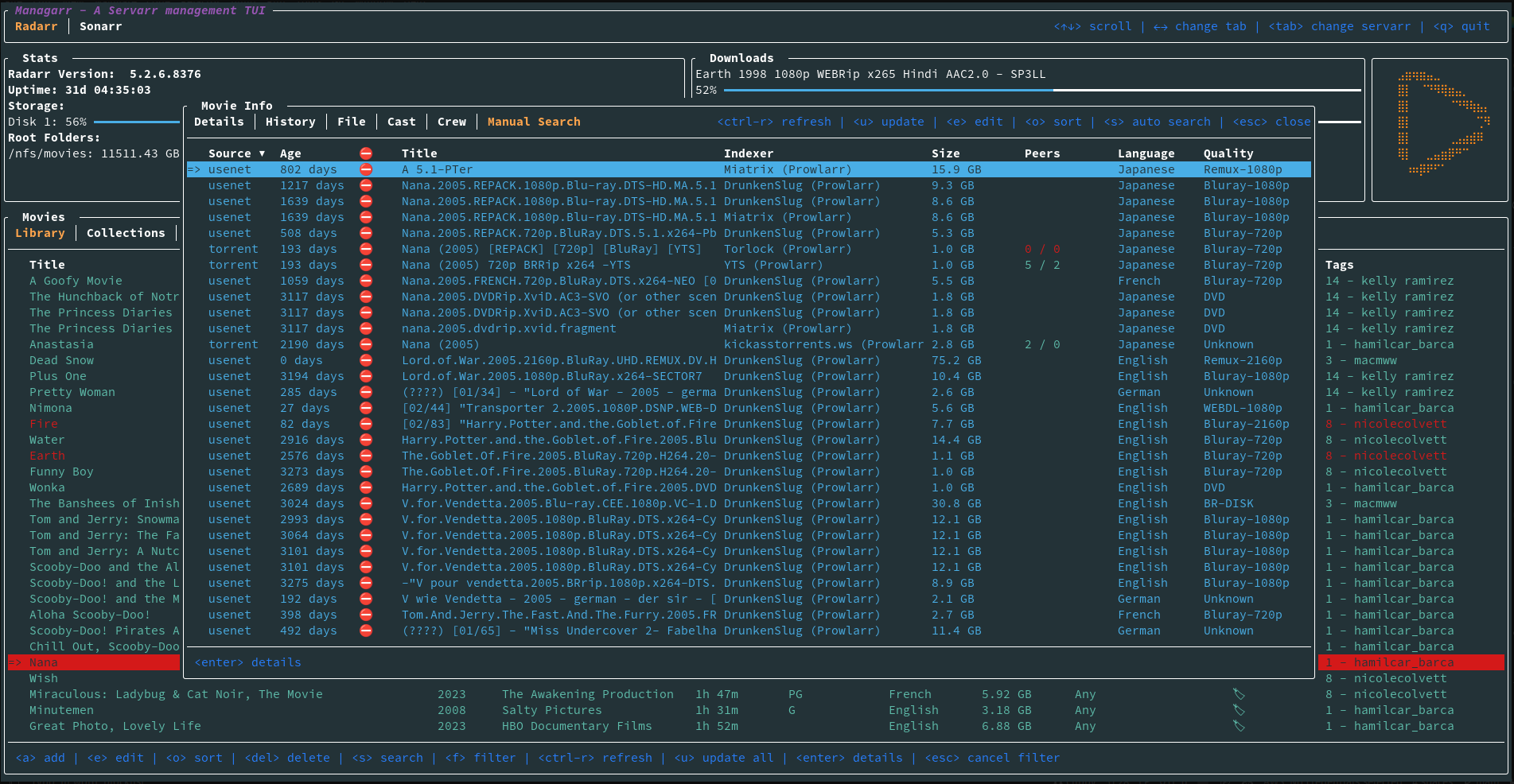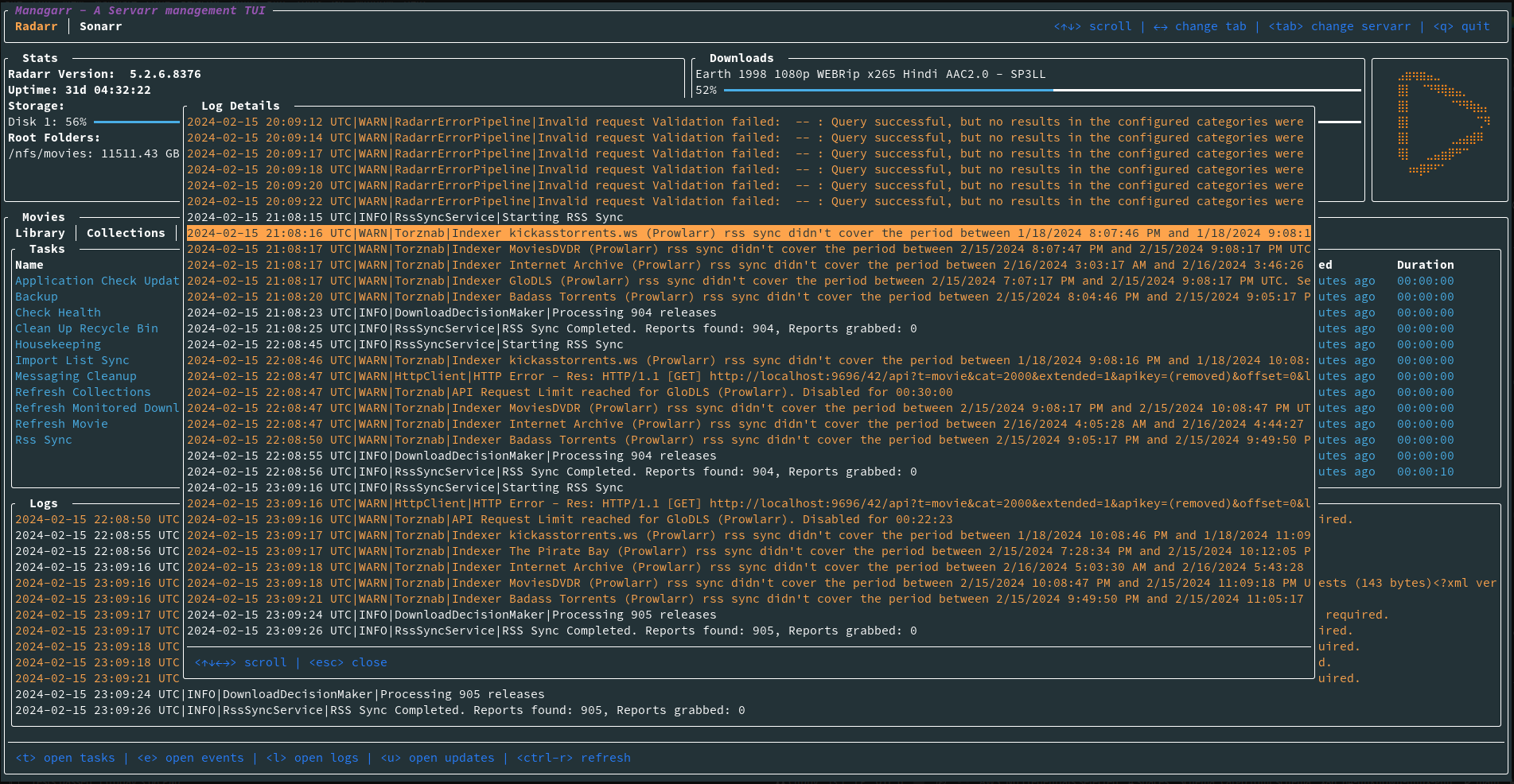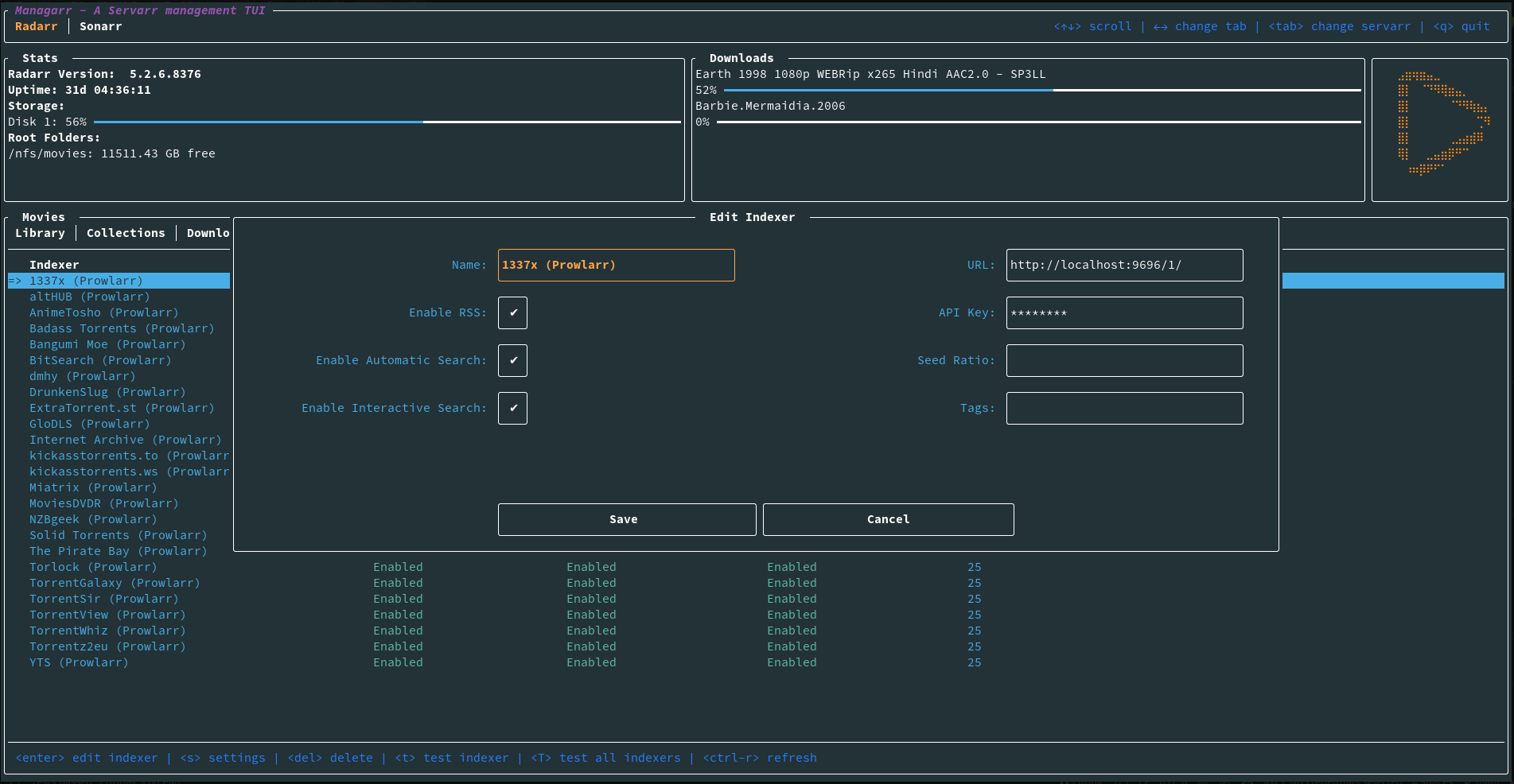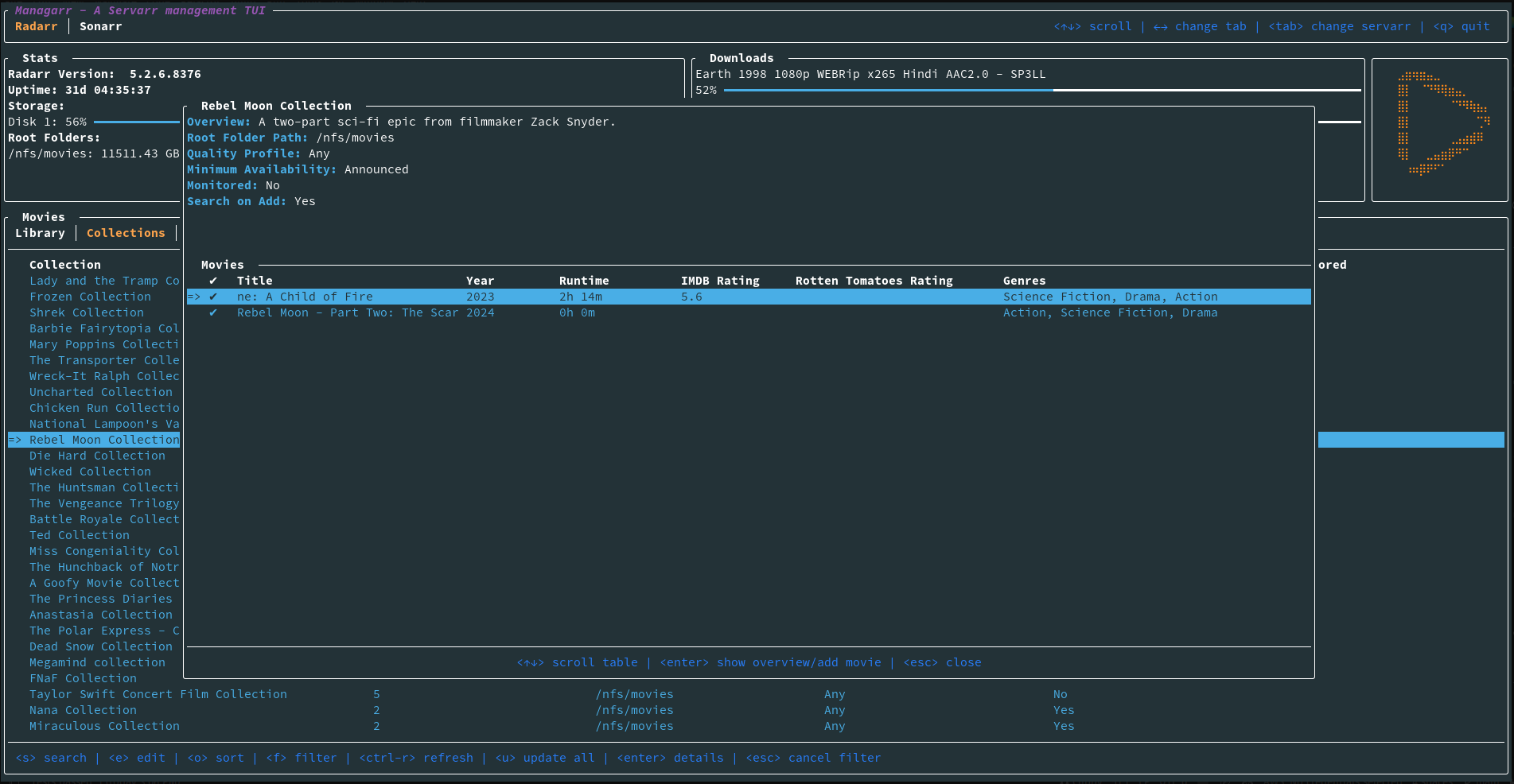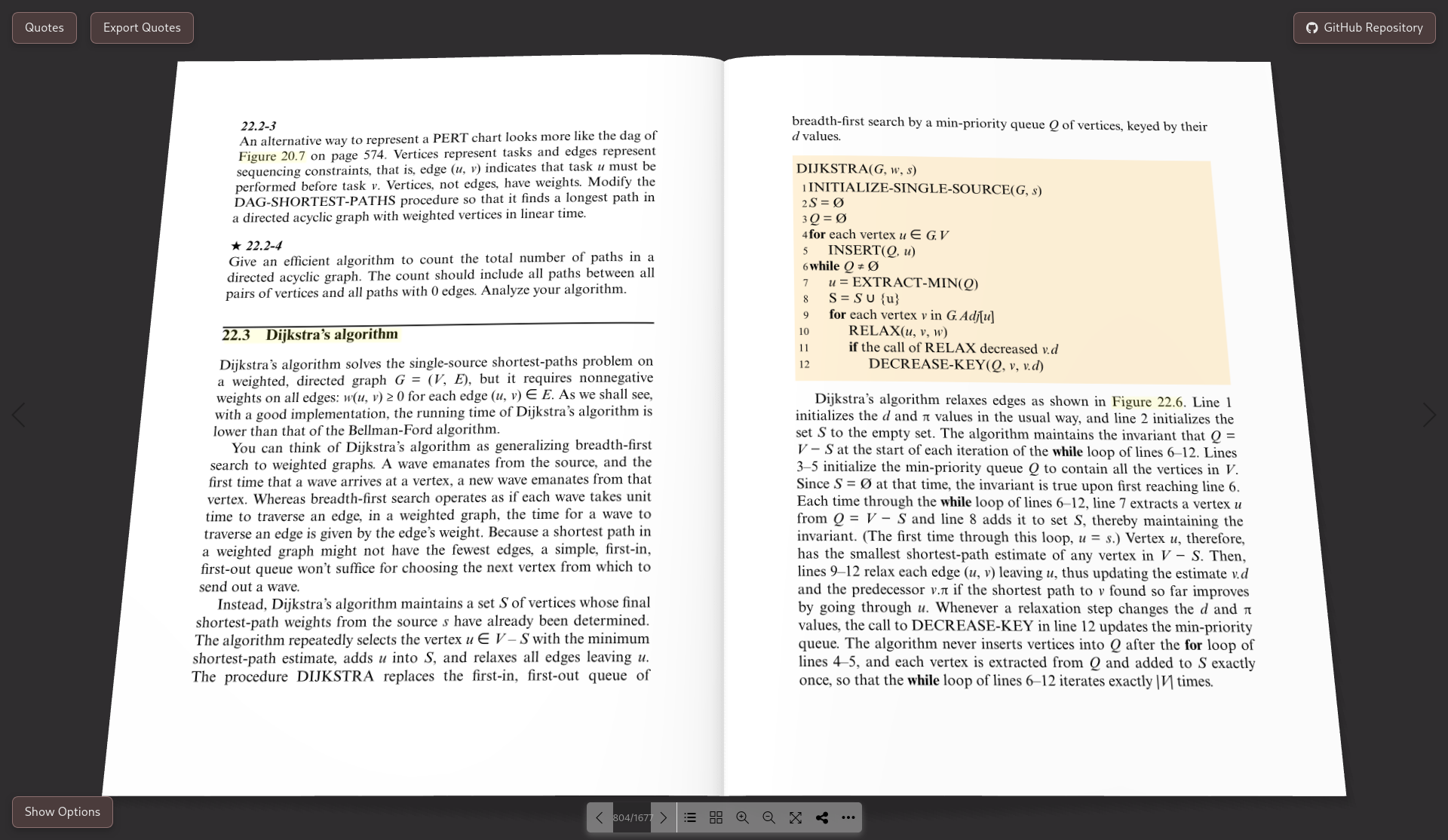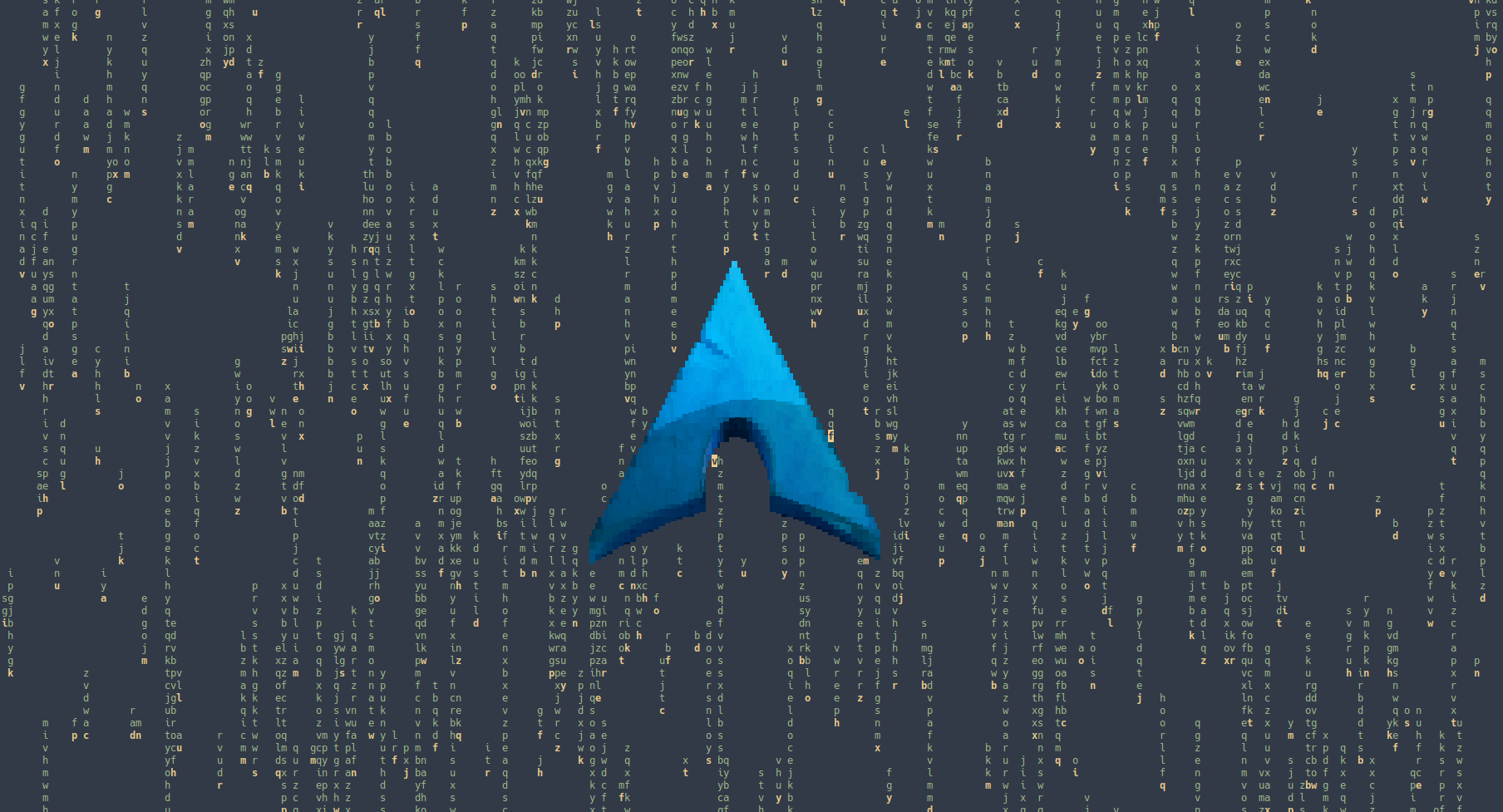Open Source
30995 readers
574 users here now
All about open source! Feel free to ask questions, and share news, and interesting stuff!
Useful Links
- Open Source Initiative
- Free Software Foundation
- Electronic Frontier Foundation
- Software Freedom Conservancy
- It's FOSS
- Android FOSS Apps Megathread
Rules
- Posts must be relevant to the open source ideology
- No NSFW content
- No hate speech, bigotry, etc
Related Communities
Community icon from opensource.org, but we are not affiliated with them.
founded 5 years ago
MODERATORS
1
2
3
61
WikiLambda, backend for Wikifunctions, rewrites itself from Node.js (!!) to Rust
(www.wikifunctions.org)
4
6
8
9
10
11
12
13
14
15
16
17
18
19
20
21
22
23
24
25
view more: next ›

